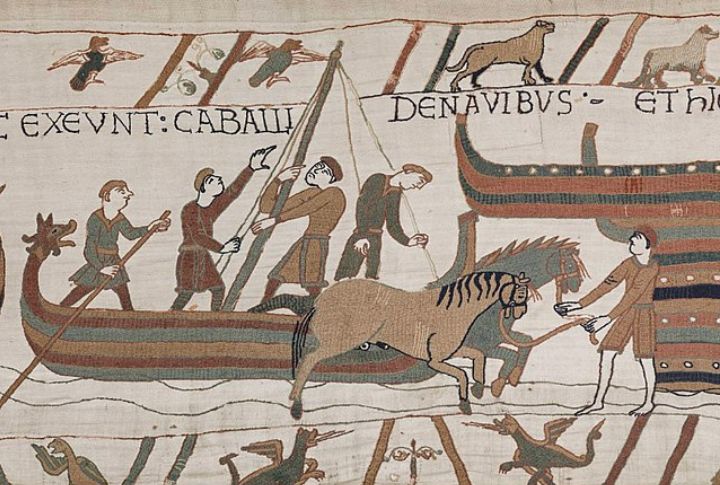
When the Normans showed up in 1066, they didn’t just take the crown—they turned England upside down. Daily life shifted in ways both subtle and jarring. For the Anglo-Saxons, it meant losing familiar customs, adapting to foreign rule, and living with the constant reminder that their world had changed forever.
Loss Of Land And Titles
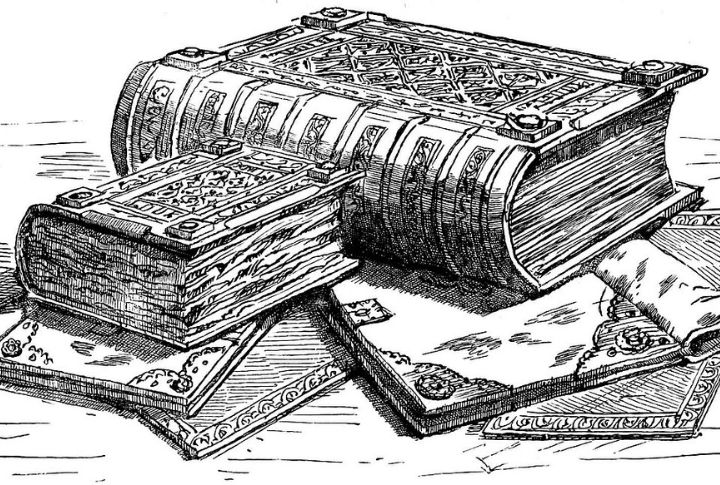
Generations of tradition couldn’t protect a family estate from being handed to a complete outsider. That was the harsh reality for many Anglo-Saxon nobles. By the time the Domesday Book was compiled in 1086, fewer than 5% of landholders were English.
The Aftermath Of Resistance
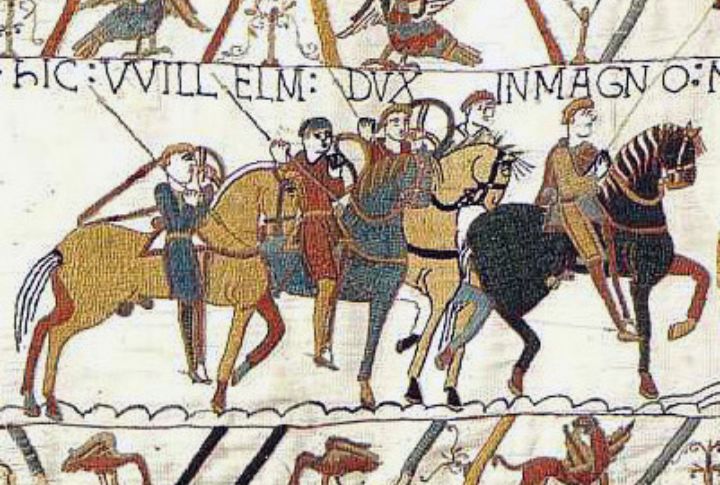
Rebellions erupted after William’s conquest—none bloodier than those in the North. His response? Devastation. The Harrying of the North wiped out entire villages, left thousands dead, and silenced resistance through fear. Survivors either fled England or faded into the shadows as outlaws.
Language Of Power Replaced
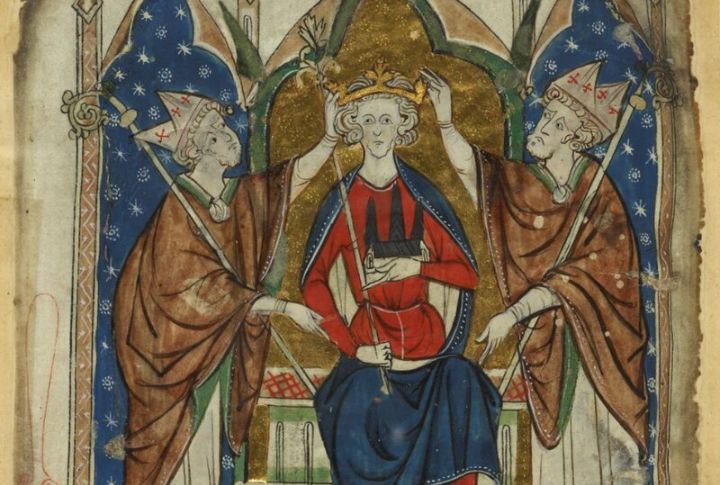
A courtroom where no one speaks your language became a reality for the English. The French took over the courts and even churches. Old English was pushed to the fields and kitchens. Latin ruled the written word, and terms like “justice” and “jury” erased the legal voice of the Anglo-Saxons.
Church Leaders Replaced By Normans
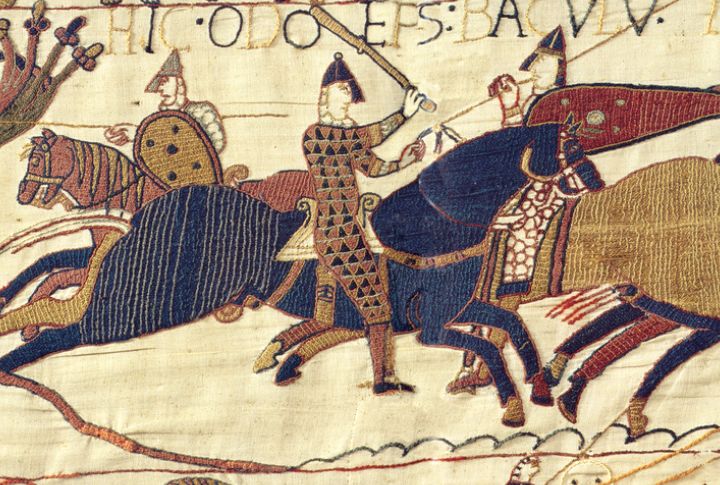
The sound of the bells remained, but the leadership beneath them didn’t. Anglo-Saxon bishops were swept out, replaced by Normans unfamiliar with the land or its people. Archbishop Stigand himself was removed in 1070. Churches were redesigned in Romanesque style, while Latin and French sermons echoed across confused English pews.
Destruction Of The English Aristocracy
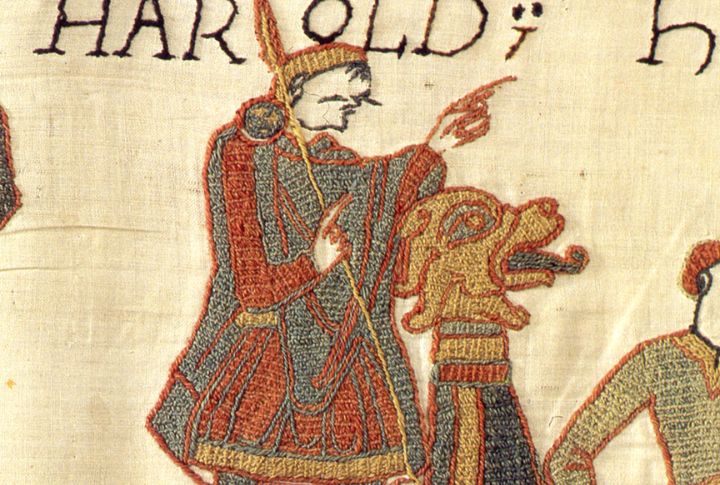
Power was taken and dismantled. Thegns, the backbone of Anglo-Saxon nobility, lost their lands and influence. By the late 11th century, many once-great families had disappeared from records. Rare intermarriages were more political than personal, often forced to secure Norman dominance over local roots.
Rise Of Serfdom
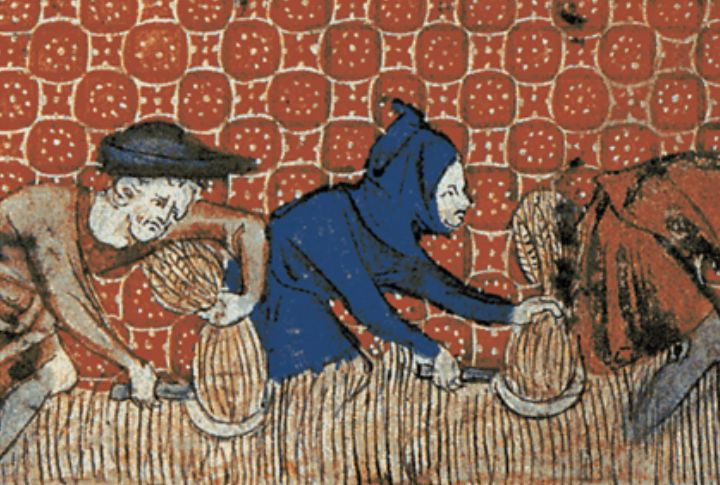
Anglo-Saxon peasants who had once been legally free found themselves reclassified as villeins: land-bound and heavily taxed. The Domesday Book recorded these shifts in stark detail. Harsher feudal duties and limited mobility turned rural life into an existence governed by lords and obligation.
Massive Castles Enforced Control

A sudden skyline of wooden towers and stone keeps told the story: the Normans were watching. Over 500 castles rose across England, many built with forced Anglo-Saxon labor. These fortresses were military tools and constant reminders of Norman authority. Locals couldn’t enter them without permission, or risk punishment.
Legal System Overhauled
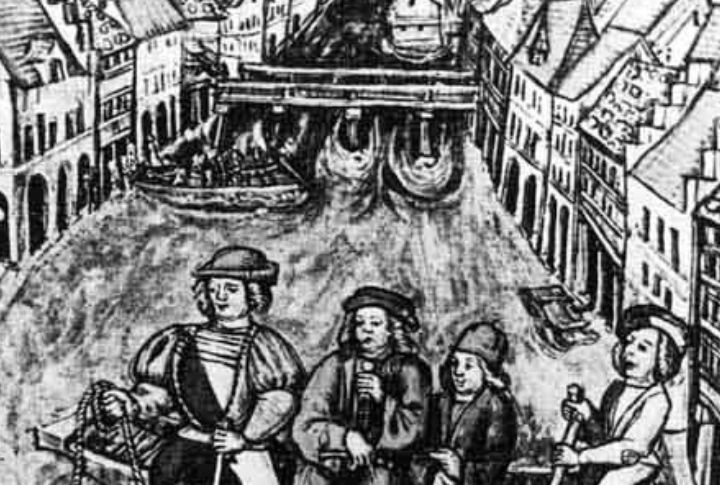
Trial by combat replaced older Anglo-Saxon customs like wergild, the system of paying for wrongs. Even forests became legal minefields: hunting without permission could lead to mutilation. With unfamiliar laws and severe consequences, the old ways of justice faded under foreign rule.
Displacement Of Monastic Culture
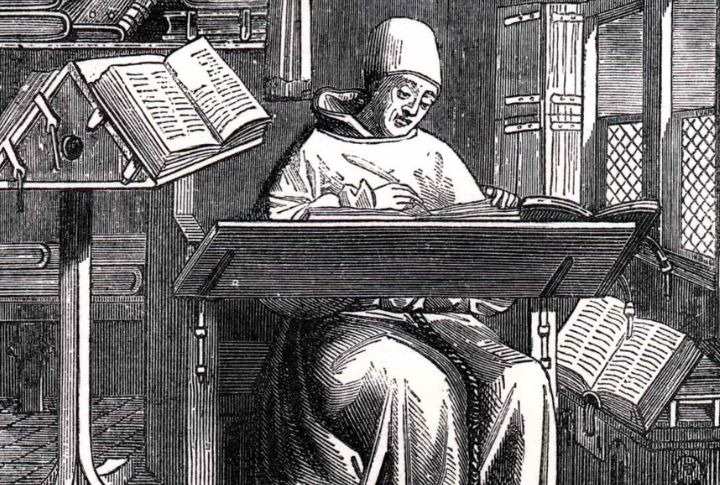
Monasteries weren’t spared the upheaval. Norman reforms stripped Anglo-Saxon abbeys of their land and leadership. English scribes were replaced by Norman monks who rewrote chronicles and erased native traditions. Beautiful illuminated texts vanished or were altered, and many distinctive religious customs were lost in translation or discarded entirely.
Cultural Identity Eroded
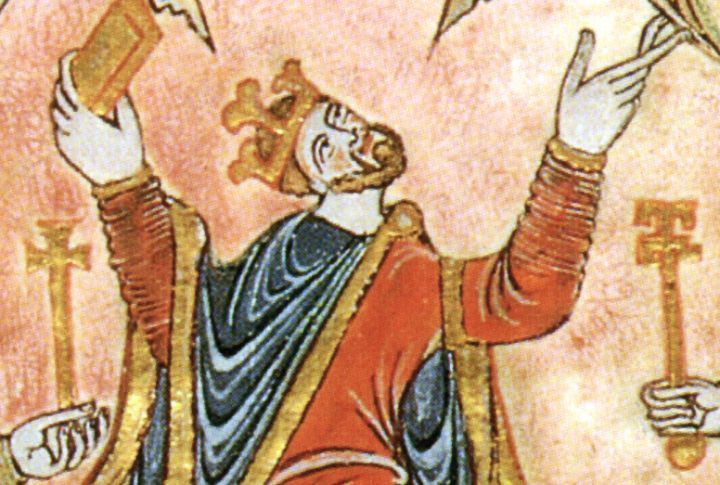
Names once proudly spoken became symbols of defeat. Anglo-Saxon customs and even oral storytelling traditions dwindled under Norman dominance. Being “English” was increasingly associated with lower status. By the 1100s, the Anglo-Saxons had largely faded from power and lived on mostly in memory.

